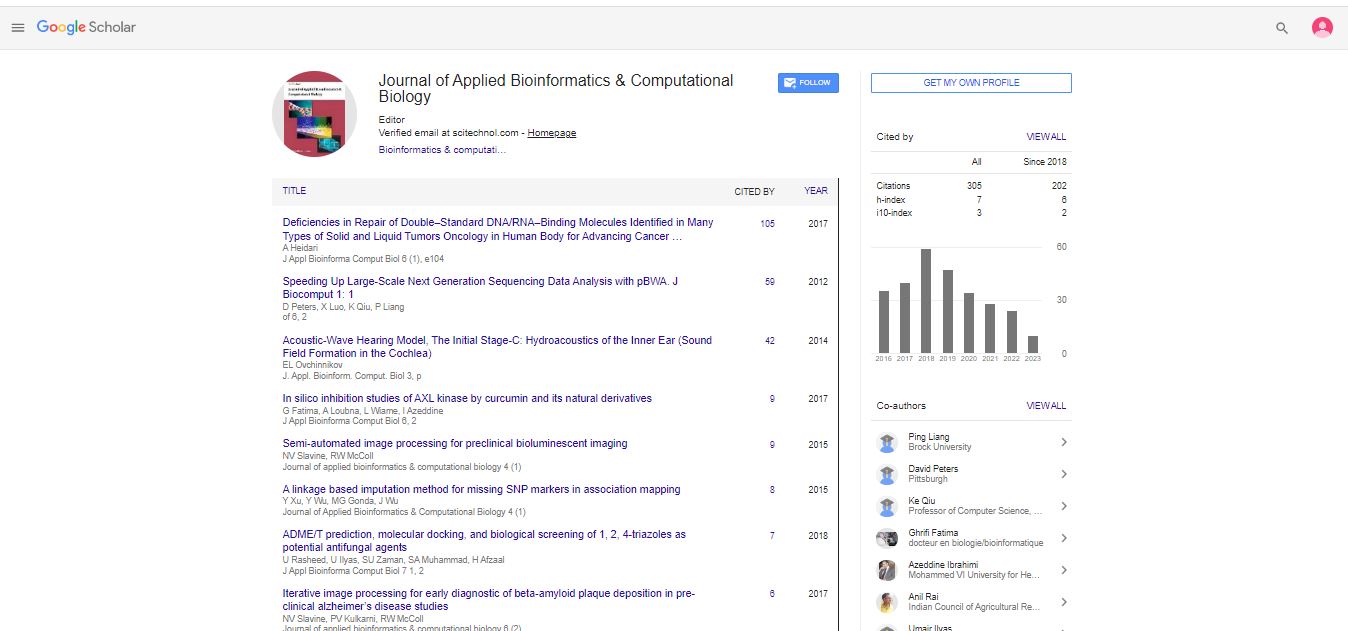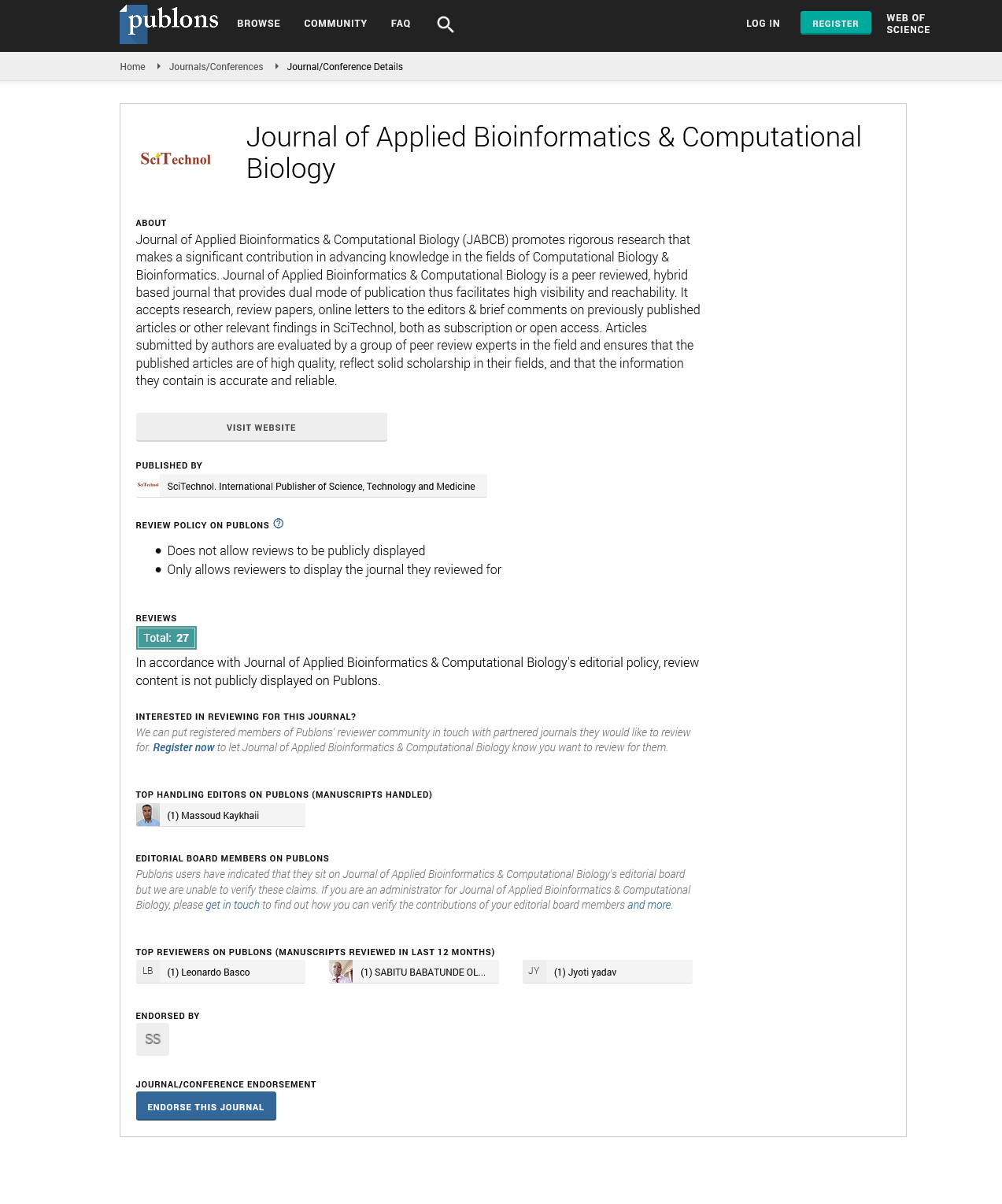Preparation of bio-based supramolecular materials by helical assemblies from enzymatically synthesized amylose
Jun-ichi Kadokawa
Kagoshima University, Japan
: J Appl Bioinforma Comput Biol
Abstract
Polysaccharides are well-known biopolymers, which form controlled higher-order assemblies by non-covalent linkages such as hydrogen bonds. Accordingly, the construction of hierarchically assembled structures, so-called supramolecules, from polysaccharides has attracted much attention to obtain new polysaccharide-based functional materials. Amylose, which is a linear polysaccharide linked through α(1γ4)-glycosidic linkages and well-known as a component of starch, forms regularly controlled assemblies, that is, inclusion complex and double helix, depending on whether guest compounds are present or not. Amylose with well-defined structure is synthesized by phosphorylase-catalyzed enzymatic polymerization using α-D-glucose 1-phosphate (G-1-P) and α(1γ4)-oligoglucan (maltooligosaccharide) as monomer and primer, respectively. As the polymerization is initiated from the nonreducing end of the maltooligosaccharide primer, the enzymatic polymerization can be conducted using primers covalently linked to other polymeric materials (immobilized primers) at the reducing end, giving rise to amylose-grafted bio-based polymeric materials. By means of the property of spontaneously double helix formation from the enzymatically synthesized amylose, the phosphorylasecatalyzed enzymatic polymerization using the immobilized primers produces supramolecular structures comprising the double helix cross-linking points. For example, the phosphorylase-catalyzed enzymatic polymerization using the immobilized primers on chitin nanofibers was investigated to produce amylose-grafted chitin nanofiber hydrogels.
Biography
E-mail: kadokawa@eng.kagoshima-u.ac.jp
 Spanish
Spanish  Chinese
Chinese  Russian
Russian  German
German  French
French  Japanese
Japanese  Portuguese
Portuguese  Hindi
Hindi 
